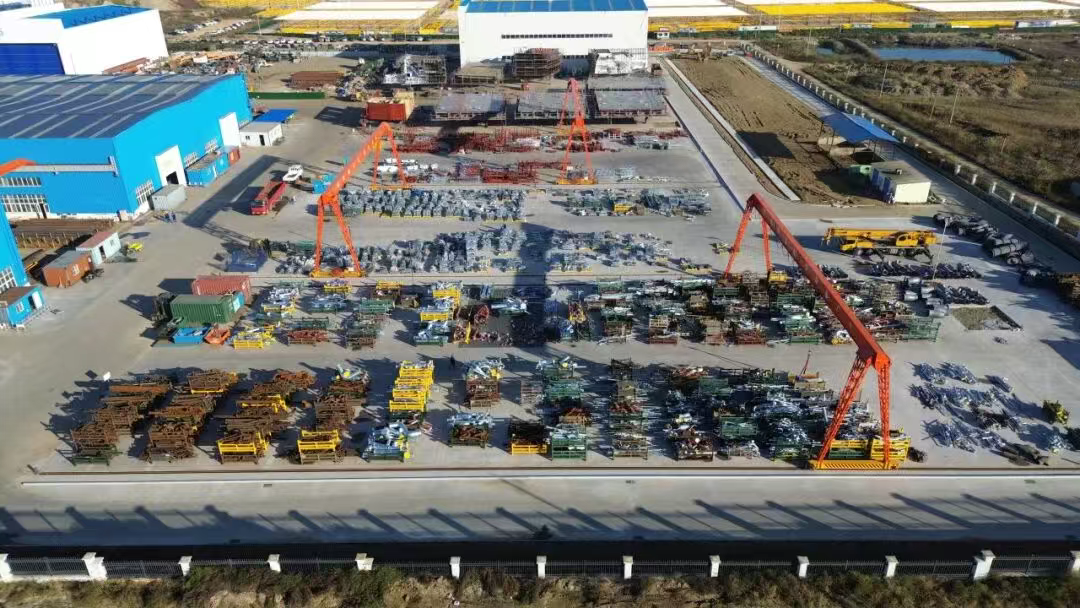Recently, China Merchants Industry Qingdao Shipyard has been actively promoting the upgrade and integration of a 10,000㎡ area on the east side of the machining workshop to meet the needs of increased production capacity and improve distribution efficiency.

This renovation aims to solve core problems such as the shortage of storage space for outfitting materials and the limited space for palletizing, providing solid hardware support for the subsequent realization of centralized, standardized, and visible storage management of outfitting parts and efficient palletizing work.
It is understood that the core objective of this renovation project is “functional integration and high efficiency.” According to the plan, the area will be transformed into a core outfitting work area integrating “product storage” and “pallet assembly” functions.
China Merchants Industry Qingdao Shipyard will focus on the site clearance task at the original location. By flexibly deploying equipment such as truck cranes and flatbed trucks, working overtime and implementing staggered shifts, the yard will efficiently complete the removal of scrap steel and various items to expedite the construction schedule for subsequent infrastructure work.
To ensure the practicality of the site after commissioning, China Merchants Industry Qingdao Shipyard will conduct in-depth research on the division of operational functional zones, survey locations for additional equipment such as cranes, and define the boundaries and operational routes for product storage areas and palletizing zones. Based on current palletizing requirements and projected future production capacity growth, the yard will further refine the palletizing process and operational standards following the site expansion.
The new facility is now fully operational, enabling standardized storage and management of all in-house manufactured and procured outfitting components. It has also driven systematic optimization of the palletization workflow, providing robust support for enhancing the shipyard’s overall production capacity and ensuring seamless integration across production stages.


